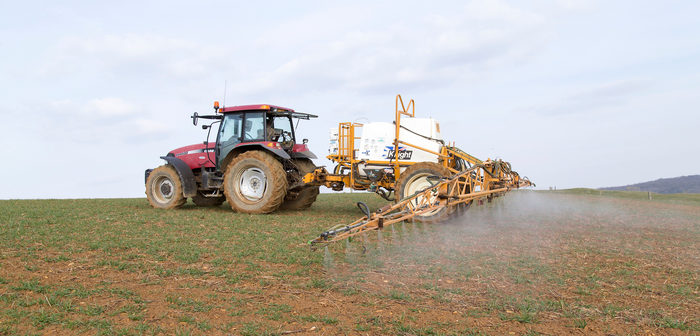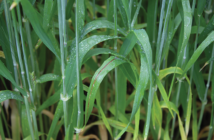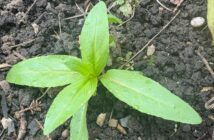Winter wheat growers considering companion cropping this autumn need to be aware of machinery requirements and herbicide compatibilities to ensure success with the emerging technique, advises Ceres Rural consultant and agronomist John Price
As either linseed or beans are the preferred companion species, the most appropriate establishment method is drilling the wheat and the companion together.
That increases the chance of success, by preventing the loss of emerged companions from pre-emergence residual herbicides, as well as keeping costs down, he explains.
“Establishing wheat into emerged bean or linseed companions puts them at risk from necessary pre-emergence residual herbicides, unless straight flufenacet is used. And at £55/ha, the SFI companion cropping payment is unlikely to justify a second drill pass.”
In the same way, broadcasting or surface seeding leaves the companion seeds too shallow and at risk from residuals, warns John.
“Having a dual hopper drill gives you the flexibility to drill them together at a suitable depth, so the right machinery makes a difference.”
He adds that earlier drilling dates are more suited to linseed, which prefers warmer soils with good tilth, while beans are more flexible when it comes to drilling date and soil conditions.
Several pre-emergence herbicide options are available, continues John, who points out that both a good stale seedbed and pre-emergence herbicide efficacy are required, given the lack of post-emergence options.
“Autumn post-emergence herbicides risk companion crop death as soon as you go beyond flufenacet.
“Limited farm trials suggest that companions could tolerate DFF or pendimethalin additions in order to allow a decent top-up of residual chemistry, but post emergence contact options are further reduced.”
Sulfonylureas and florasulam would risk bean survival while fluroxypyr and pyroxasulam will put linseed survival at risk, cautions John.
“The lack of actives available at this stage could compromise autumn broad-leaved weed control, so you must plan accordingly.”
In the spring, controlling companions with weaker ALS products such as Ally Max won’t necessarily work, reports John, so additions of CMPP and fluroxypyr for beans and linseed respectively will be required. Adding amidosulfuron may be enough to control beans.
“The Arylex active-based products are effective on both companions, as are the pyroxsulam and florasulam formulated products. These products have a wide broad-leaved weed spectrum and activity on black grass.”
Beans are usually cheaper to kill than companion linseed, he notes. “Beans may be more profitable but mixing with linseed helps to dilute rotational disease and pest risks, as well as having an additional root type.”
John doesn’t advocate chasing the SFI payment for the sake of it, but comments that the accumulation of small increases in soil health in the UK’s largest crop is where the practice may be valuable.
“In the short term, the SFI’s summer catch crop looks far more commercial.”




